Mastering the 4 Channel Helicopter: A Complete Guide
A 4 channel helicopter is a popular choice for hobbyists and enthusiasts who want to experience the thrill of flying a remote-controlled aircraft. Unlike lower channel helicopters, a 4 channel helicopter has four controls that allow for more advanced maneuverability and stability. These helicopters come in two types: single rotor and coaxial rotors, each with their own set of pros and cons. It is important to understand the four channels that control a 4 channel helicopter: throttle, yaw, pitch, and roll. With proper training and understanding of these controls, enthusiasts can enjoy the many benefits of flying a 4 channel helicopter, including aerial photography and search and rescue applications.
Choosing the Right 4-Channel Helicopter: Consider Your Skill Level and Flying Environment
Explanation of the two types of 4 Channel Helicopter:
- Single rotor:
- More complex design but more versatile
- Better for outdoor flying due to greater lift capacity
- Requires more skill for precise control
- Coaxial rotors:
- Simple design but less versatile
- Better for indoor flying due to smaller size
- Easier to learn and control
- Less powerful lift capacity than single rotor helicopters
While single rotor helicopters may be more challenging to control, they offer greater possibilities for advanced maneuvers such as 3D flying. Coaxial rotors are more suitable for beginners or those who will fly indoors. It’s important to choose the type of 4 channel helicopter that matches your skill level and intended use. Many websites offer a variety of 4 channel helicopters for purchase, including popular models such as the Blade 230s and the Align T-Rex 470LM.
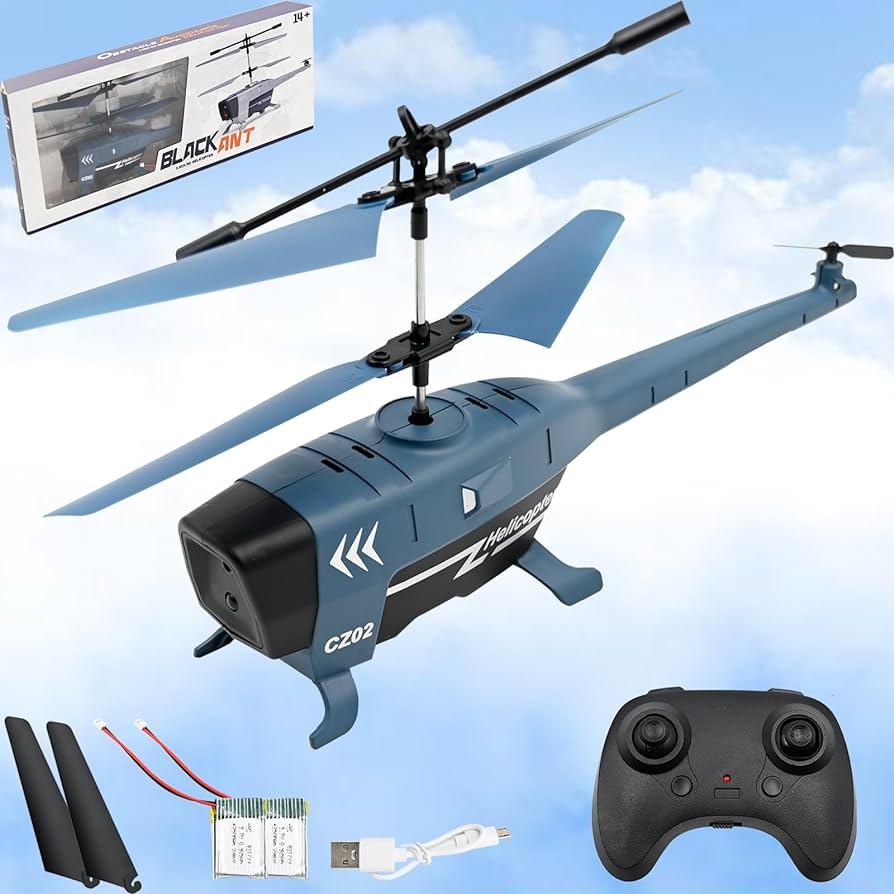
What are the differences between single rotor and coaxial rotor 4 channel helicopters?
Single rotor 4 channel helicopters have one main rotor and a small tail rotor for stability, while coaxial rotor 4 channel helicopters have two rotors stacked on top of each other that rotate in opposite directions to cancel out the torque. Coaxial rotors provide better stability and are easier to hover, but single rotor helicopters are more maneuverable and can perform more complex aerobatic maneuvers.
Mastering the 4 Channel Helicopter Controls
Explanation of the 4 Channel Helicopter Controls:
The Throttle: Controls the altitude of the helicopter. It moves the helicopter up and down, using high RPM for lift and low RPM for a descent.
The Yaw: Controls the direction the helicopter is facing. It moves the helicopter left and right, and the anti-torque system counteracts the helicopter’s natural spin.
The Pitch: Controls the angle of the helicopter. It moves the helicopter forward and backward, adjusting speed and tilt.
The Roll: Controls the tilt of the helicopter. It moves the helicopter side to side, maintaining balance and stability during flight.
These four channels are essential to flying a 4 channel helicopter, and mastering them is key. Experienced pilots can perform impressive stunts and maneuvers with ease once they understand these controls. Many 4 channel helicopter websites offer tutorials and guides for understanding the controls and learning to fly.
It’s important to note that not all 4 channel helicopters are the same. Some have unique features and capabilities, such as gyroscopes for stability or altitude hold for easier flying. The Blade Scout CX RTF 3-Ch is a popular starter 4 channel helicopter with many of these features.
Overall, understanding the controls and features of different 4 channel helicopters is essential for anyone who wants to fly these drones. With practice and patience, anyone can learn to master these machines and enjoy their unique flying experience.
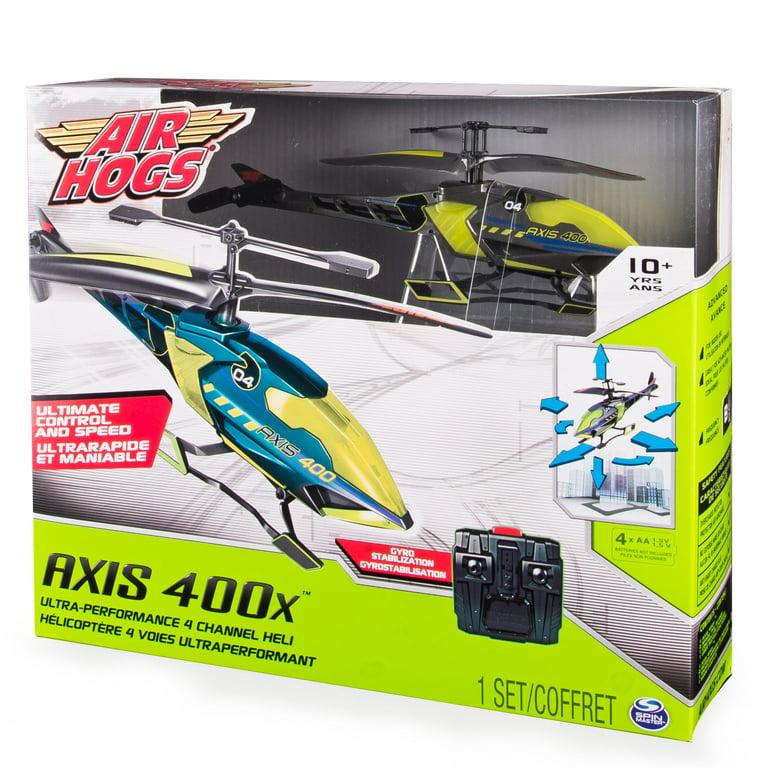
What features and capabilities might a 4 channel helicopter have beyond the basic controls?
A 4 channel helicopter may have features such as altitude hold, GPS navigation, auto-return to home, obstacle avoidance sensors, and camera stabilization capabilities beyond the basic controls.
Enhanced Stability, Control, and Versatility with 4 Channel Helicopters
4 channel helicopters are more stable and easier to control than lower channel helicopters, making them a popular choice among enthusiasts, hobbyists, and professionals. These helicopters have improved stabilization systems that make them less likely to crash, even in strong winds and turbulence.
4 channel helicopters also have increased maneuverability, enabling them to perform complex movements, such as flips, rolls, and other impressive aerial acrobatics. They can hover in mid-air and fly in different directions, providing a unique perspective and view of the surroundings.
In addition to improved stability and maneuverability, 4 channel helicopters are also resistant to wind conditions, making them suitable for outdoor flying. They can withstand moderate wind conditions and even strong gusts of wind, making them a reliable choice for outdoor flying.
4 channel helicopters are used in various industries, including aerial photography, search and rescue operations, and military operations. They can also be used for racing and stunts, providing hours of entertainment and enjoyment.
There are many websites and product manufacturers that offer a range of 4 channel helicopters with different features and capabilities to suit different needs and budgets. Some popular brands include Blade, E-flite, and Syma.
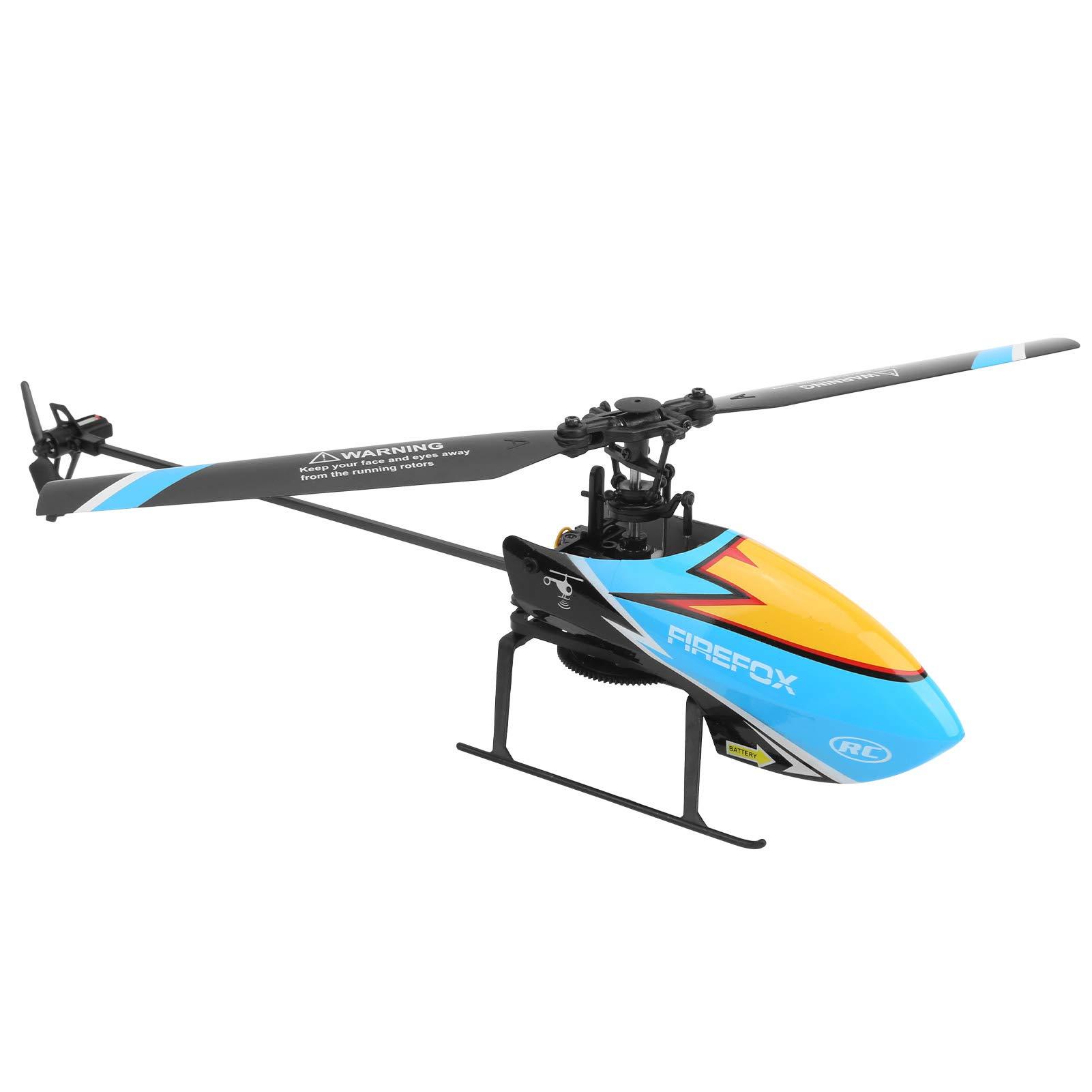
What industries use 4 channel helicopters?
The industries that use 4 channel helicopters vary widely and include military, agriculture, film and photography, surveying and mapping, and search and rescue.
Flying Tips for 4 Channel Helicopters
Flying a 4 Channel Helicopter:
Start with a Simulator: Use a flight simulator or app to practice controlling a 4 channel helicopter before flying a real one. This can familiarize yourself with the controls and build muscle memory before actual flight.
Practice with a Small Helicopter: Start with a small, basic 4 channel helicopter before moving on to more advanced models. This can help you experience how the controls work in a smaller and easier-to-control heli.
Find an Open Space: Choose a large, open space with few obstacles, such as a park or field. This allows you to fly without the risk of crashing into buildings or trees.
Adjust the Helicopter Controls: Make sure the helicopter’s controls are correctly adjusted for optimal flying performance. Consult the manual or online resources for recommended settings.
Stay Calm and Be Patient: Learning to control a 4 channel helicopter takes time and practice. Stay calm and patient when flying, and don’t rush into advanced moves too quickly.
Flying a 4 channel helicopter takes practice and patience, and there are several tips to help beginners get started. Some websites and retailers offer packages that include a 4 channel helicopter with a simulator and/or training tools, making it easier for beginners to learn.
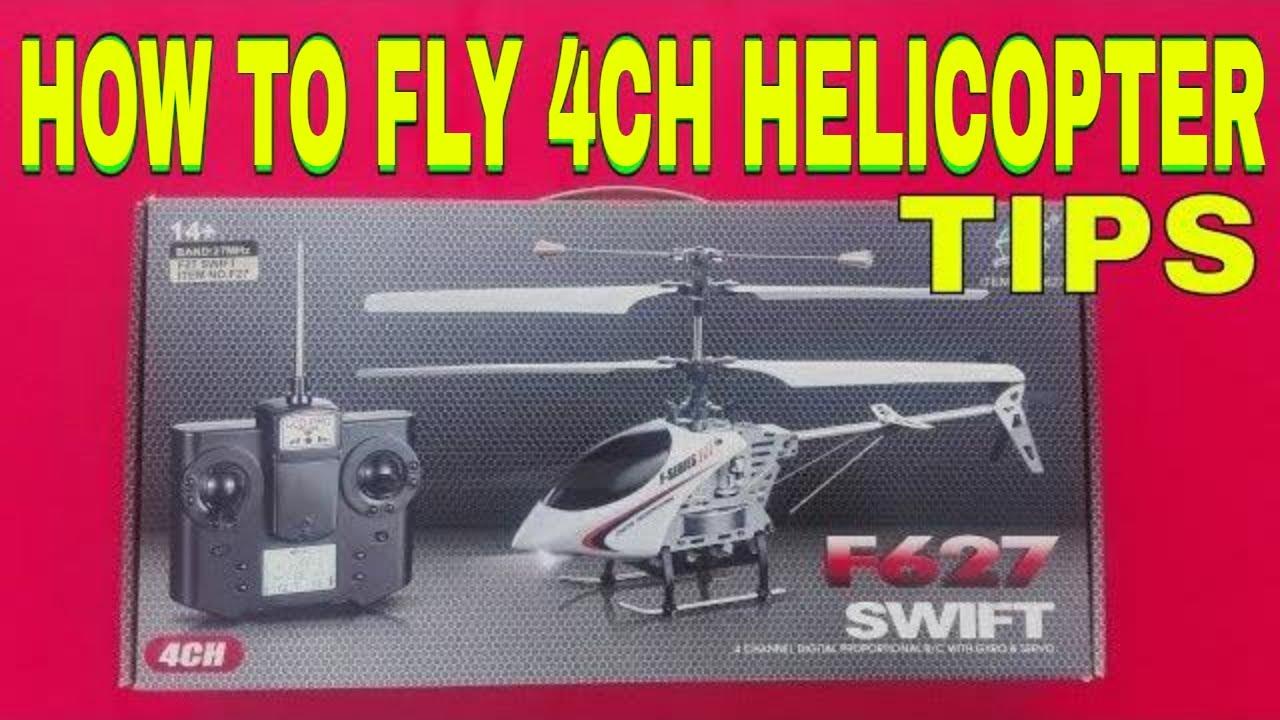
What are some recommended settings for adjusting a 4 channel helicopter’s controls for optimal flying performance?
Some recommended settings for adjusting a 4 channel helicopter’s controls for optimal flying performance include adjusting the pitch, throttle, cyclic, and tail rotor controls. It is important to experiment with the settings to find what works best for the specific helicopter and flying style.
Helicopter Maintenance: Tips for a Long-Lasting and High-Performance 4 Channel Helicopter
Maintenance and Repair of 4 Channel Helicopter:
- Clean and Maintain Components:
- Periodically clean the helicopter’s components using compressed air or a soft brush
- Check for any loose or damaged parts and repair or replace them as necessary
- Troubleshoot Issues:
- If the helicopter is not flying correctly, troubleshoot the issue
- Check for issues such as low battery, loose or damaged parts, or control settings that need adjustment
- Seek Professional Repair When Necessary:
- If you are unable to fix the issue or unsure how to do it, seek professional repair services
- Research online or ask for recommendations from other helicopter enthusiasts to find a trusted repair service
- Protect the Helicopter During Storage:
- When not in use, store the helicopter in a protective case or box
- Avoid leaving it in direct sunlight or areas with high humidity or temperature fluctuations
- Follow Manufacturer’s Guidelines:
- Refer to the manufacturer’s manual or online resources for specific maintenance and repair guidelines
- Follow the recommended guidelines to ensure the helicopter remains in good condition and performs at its best
Maintenance and repair are crucial for ensuring a long lifespan and good performance of a 4 channel helicopter. Periodically cleaning and maintaining the helicopter’s components can help prevent damage or malfunctioning parts. Troubleshoot any issues by checking for loose or damaged parts, low battery, or incorrect control settings. When in doubt, seek professional repair services or ask for recommendations from other helicopter enthusiasts. Protect the helicopter during storage by storing it in a protective case or box and avoiding areas with direct sunlight or high humidity. Manufacturers have specific guidelines for maintenance and repair, so consult the manual or online resources and follow them for the best results.
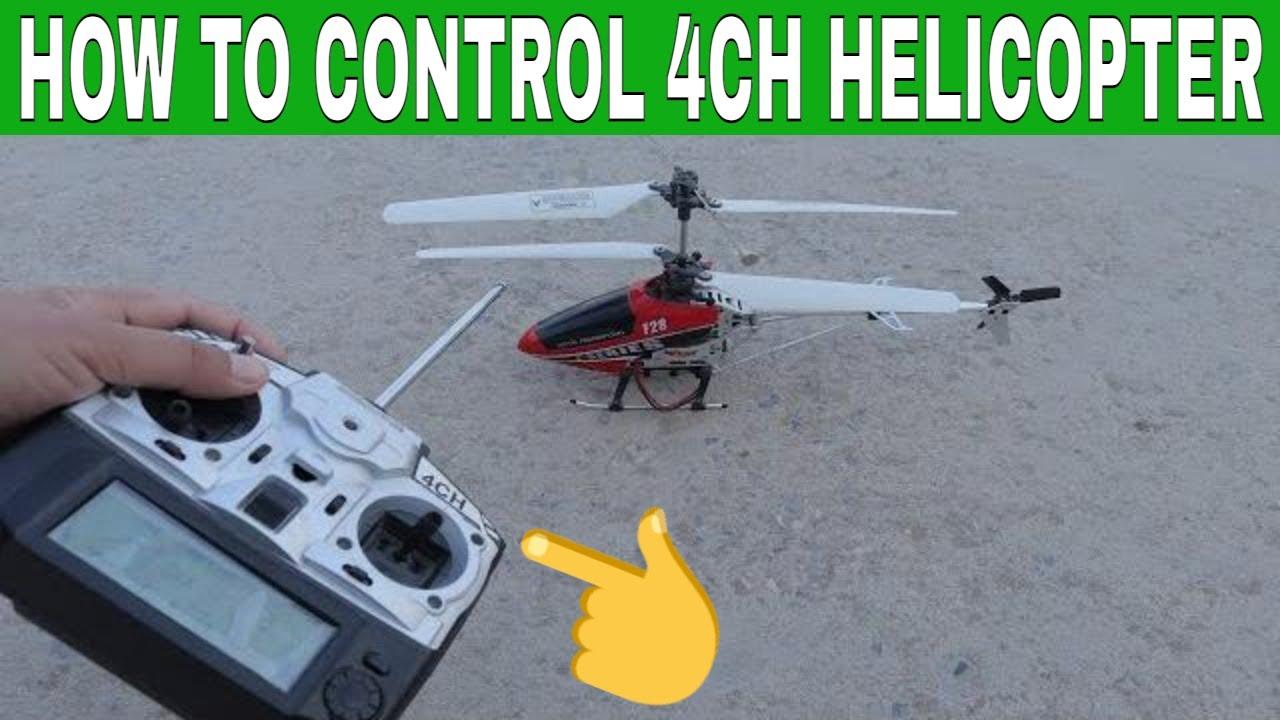
What are some troubleshooting tips for a 4 channel helicopter that is not flying correctly?
Check the battery, ensure proper calibration, inspect rotor blades for damage or debris, and calibrate the gyro for stability are some troubleshooting tips for a 4 channel helicopter that is not flying correctly.
Conclusion and Recommendation
Overall, a 4 channel helicopter offers a great range of features and benefits to hobbyists and enthusiasts. With its stability, maneuverability and wind resistance, it’s a great option for aerial photography, search and rescue, and other applications.
Before attempting to fly a 4 channel helicopter, it’s recommended to start with a simulator and practice on a smaller helicopter. Once you’ve gained some experience, try flying your 4 channel helicopter in an open space with few obstacles. Adjust the helicopter’s controls for optimal flying performance and follow the manufacturer’s guidelines to ensure its proper maintenance and repair.
When choosing a 4 channel helicopter, consider the type of helicopter that will suit your needs and preferences. Single rotor helicopters offer more advanced and versatile features, while coaxial rotors offer more stability and ease of use for beginners. Research online or ask for recommendations from other enthusiasts to find the right product for you.
In conclusion, a 4 channel helicopter offers a great way to explore the world of aviation and enjoy hours of fun and excitement. With the right knowledge, practice, and maintenance, you can fly and enjoy your helicopter for years to come.



